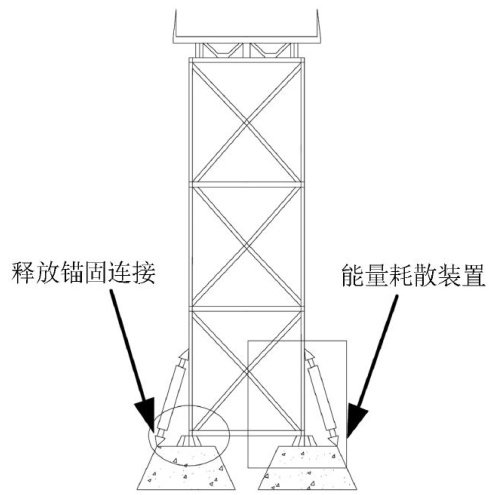新西兰可控摇摆提离高墩桥梁设计建造综述
——以南兰吉提克铁路桥为例


打开文本图片集
中图分类号:U448.13 文献标志码:A 文章编号:1000-0844(2025)05—1001—11
Abstract: Controlled rocking uplift bridges represent a pivotal advancement in seismic-resilient structural design. Utilizing dual-column high piers that undergo alternate lifting/settling transversely,this bridge induces controlled lateral rocking uplift to mitigate seismic forces transmitted to slender reinforced concrete piers. Energy-disspating dampers at the pier base rocking interfaces can further restrict uplift displacement and abutment movement. In this review,we first introduce the fundamental concepts of self-centering rocking bridge structures. We then systematically detail the design idea,structural connections,experimental validation,and dynamic behavior of the South Rangitikei Rail Bridge using the controlled rocking uplift technology and summarize construction methodologies for critical components (pylon caissons, piers, and box girders). Finally,the application prospects of typical controlled rocking uplift tall-pier bridges are evaluated. The results demonstrate that (1) rocking structures exhibit amplitude-dependent natural periods and nonstationary vibration frequencies, precluding conventional modal decomposition; (2) uplift-capable piers enhance seismic stability through pronounced hysteretic damping during rocking and uplifting;and (3) impact mechanisms at uplift interfaces,combined with supplemental damping devices,effectively suppress seismic responses,minimize residual displacements, and strengthen self-centering capacity. This study provides valuable insights for designing resilient bridges in high-seismicity regions of China.
Keywords:rocking seismic resistance; controlled rocking uplift bridge; self-centering rocking; damper;resilient seismic resistance
0 引言
中国地处欧亚地震带与环太平洋地震带两大地震带之间,地震频繁发生。(剩余15436字)